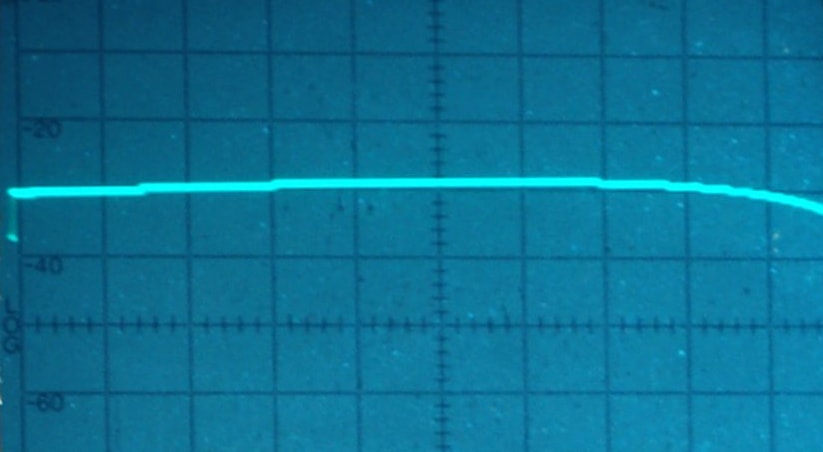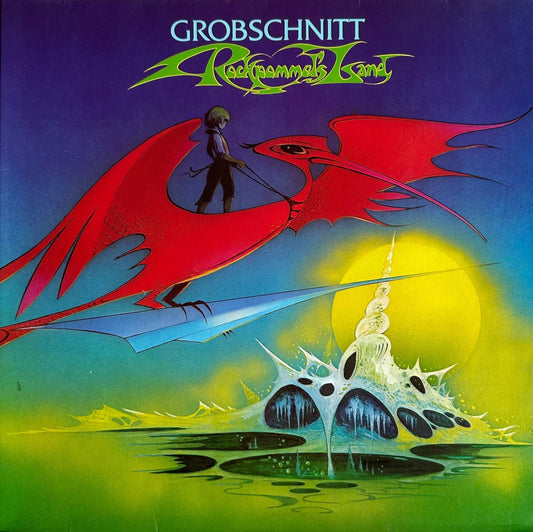Up to now we have only talked about the most basic tube amplifier design, consisting of one triode tube in a Class A1 single-ended configuration.
There are numerous configurations and classes of operation that can be built around different amplification devices, such as tubes, transistors, op-amps or other components. These can be used in multiples; for example, a tube amp with two, four (or more!) power tubes per channel. There are types of non-linearities which are associated with particular configurations. One example is crossover distortion, which is particular to push-pull amplifiers operating in Class AB or Class B.

These types of amplifiers use pairs of amplification devices, each device amplifying one half of the output signal and with the amplifier combining their outputs, to explain their operation in simple terms. Errors in combining the signals result in a particular type of distortion around the zero crossing (the point of minimum amplitude) of the waveform.
Hearing this type of distortion sounds much more unpleasant than listening to distortion that affects the peaks of the signal (the clipping distortion discussed in Part Two of this series), as there is no equivalent to zero crossing distortion that occurs in nature.
In general, distortion that increases with signal level sounds less objectionable than distortion that increases as the signal level is decreased. The latter can unfortunately also occur in some circuit configurations.
Dynamic linearity is often in itself non-linear with frequency. A circuit may have a wider linear range at some frequencies than at other frequencies within its linear frequency pass band.
But, is it measurable? Yes, of course.
Dynamic linearity can be either measured for an amplification device such as a tube or transistor alone (the inherent linearity of the device) or for a complete circuit, with the latter being more useful to the consumer and the former more useful to the engineer.

The dynamic range specification of an amplifier can offer a hint about its dynamic linearity, but it will not tell us the whole story, as it is often just the range between the noise floor and the “maximum output” of the amplifier, whatever that means (there are several different opinions on how to define “maximum output”).
Distortion specifications may offer another hint regarding dynamic linearity, but again, they are far from the whole story. Given that distortion figures can vary with signal level and frequency, a single measurement can be made at a convenient signal level and frequency where a particular circuit will exhibit the lowest figures. This is just specsmanship and does not tell us much about the sound or performance of that circuit. Plots of distortion components versus frequency at different signal levels, on the other hand, would be far more revealing. Perhaps even a bit too revealing, which is why they are seldom seen.
A directly heated triode tube such as the 300B is incredibly linear within its intended operating range. This means that its amplification factor will remain nearly constant at any signal level between the grid-current and cut-off region, at any frequency from 0 Hz to several megahertz, with very low distortion, if measured on a suitable test setup that can properly measure the characteristics of the triode itself.
 Shindo Laboratory Cortese amplifier with 300B output tubes.
Shindo Laboratory Cortese amplifier with 300B output tubes.
If thoroughly conducted and understood, measurements can help us know what to expect. But there is no single-number specification that will adequately describe the dynamic linearity of a circuit. In effect, the dynamic linearity defines the complex behavior patterns of a circuit in the presence of a complex audio signal of constantly changing amplitude and frequency.
But how is this related to music? Imagine a live performance in a very quiet space with excellent acoustics. This is the ideal description of a recording session. Recording engineers are very fortunate in this respect. Prior to recording anything, they actually get to experience the sound of a “live performance in a very quiet space with excellent acoustics,” without even an audience present. Then they go next door into the control room and get to listen to the sound, as picked up by the microphones, prior to being recorded, on accurate monitor loudspeakers.
Unless the dynamic linearity, frequency and phase response of the recording equipment is exemplary, they stand no chance of hearing anything resembling the sound of the live performance. We recording engineers can be optimistic and assume that everything we did was as good as it gets and that we have produced an excellent recording.
In practice, we don’t really stand a chance to fit the real-life dynamic range of a performance into a recording, but with a bit of effort, we can come impressively close.
When you then try to play back this recording on your own equipment at home, you ideally want to hear the soft sounds being soft and the loud sounds being loud. Ideally, you would be recreating exactly what happened in that performance space.
This may pose certain challenges, social as well as technical. Your neighbors and your family, for starters, may not take kindly to a realistic reproduction of a symphony orchestra crescendo or a screeching electric guitar solo. Officer Joe may even stop by, not to fully appreciate the linearity of your setup, but to inform you that it was deemed “too realistic.” [You have a way with words, J.I.! – Ed.] At the other extreme, your neighbor’s lawn mower or city traffic may invasively mask the softest nuances of the string quartet you were looking forward to enjoying. But, this is all provided that your system can indeed render both the whispers and the screams in good perspective, without producing sounds that shouldn’t be there. And while a gradual slight increase in distortion might go unnoticed during the crescendo, a sudden increase in distortion during the softest whispers of a piece would certainly not be as subtle.
When the crescendo finally arrives, you ideally want to notice. It should come with a bang, not be squeezed into a lifeless mash that barely sounds louder than what came before. Not only must it be louder, but also punchier, just as it was in real life. If the punch is lost due to the lack of adequate dynamic linearity, the original intention of the composition and the magic of the performance will be lost with it.
Imagine the sound of a drum hit in real life. It is an enormous momentary bang followed by a longer, much softer and smoother tail, providing the clues regarding the size, type and tuning of the drum. The instantaneous peak at the time of the hit is of immense amplitude, while the decaying tail eventually fades into nothing.
Can an electronic circuit handle both the instantaneous peak and the “fade-to-nothing” with equal grace? Well, it ought to. This is what dynamic linearity is all about. The lack of dynamic linearity can chop off the tip of the peak, destroying the impact of the drum hit, while also “fading-a-bit-too-early-into-something-fuzzy” instead of a clean fade-to-nothing, ruining the character of the drum. This makes it harder to tell which drum is which and makes two drum hits of different loudness and impact sound equal in level, diminishing the resolution of the system.
“Resolution,” in this context, is used to describe the resolving power that would allow two drum hits, one slightly stronger than the other, to remain distinctly audible as two drum sounds, one hit slightly harder than the other. If, upon reproduction, it is no longer possible to tell that one of the hits was stronger than the other, then the dynamic linearity of the system and therefore its amplitude resolution is inadequate to realistically represent the recording.
The same applies to any other sound of any instrument, but the drum sound example perfectly demonstrates the point.
This concludes my series on linearity. In all its forms, it is both measurable, audible, and a major consideration during the design stage of audio equipment.




